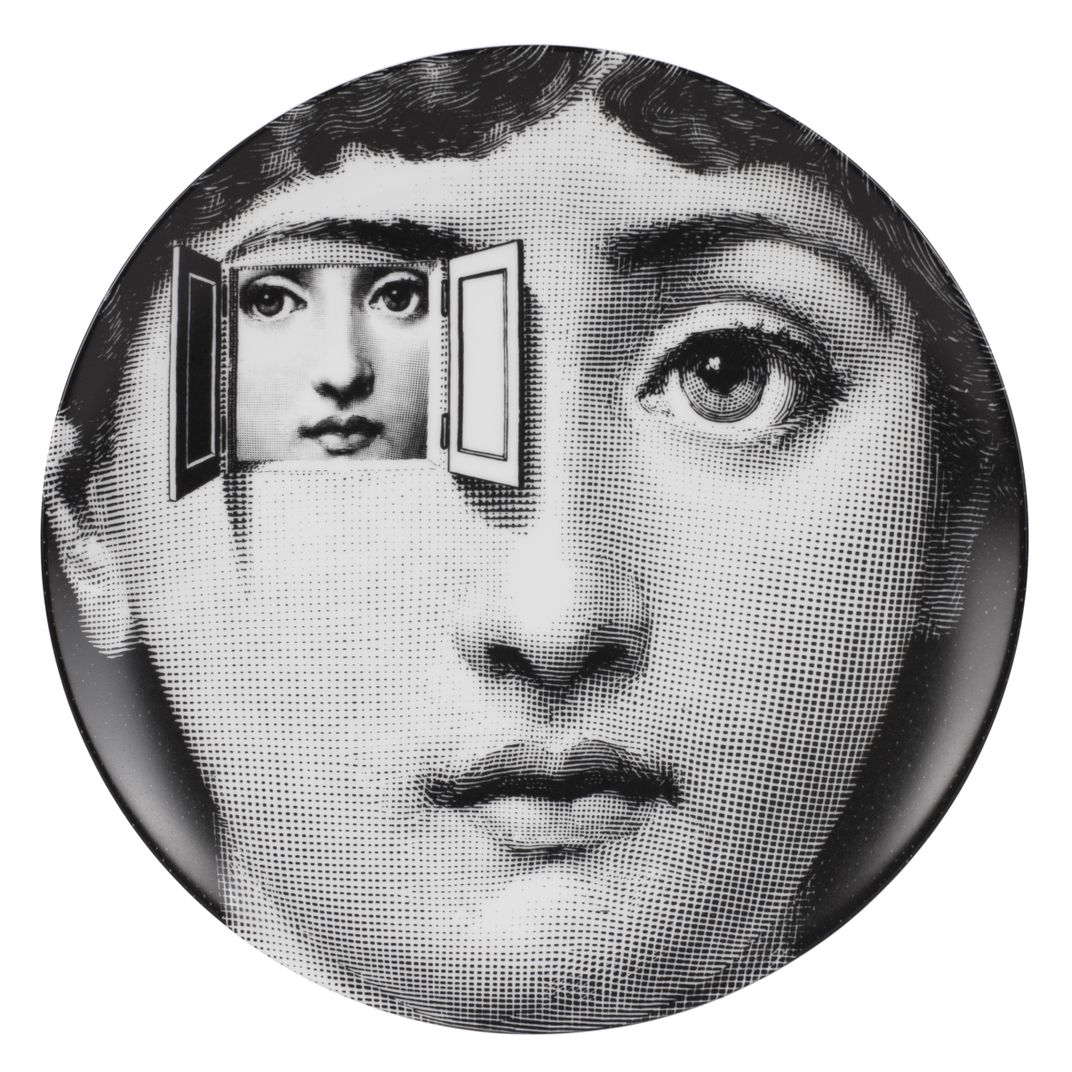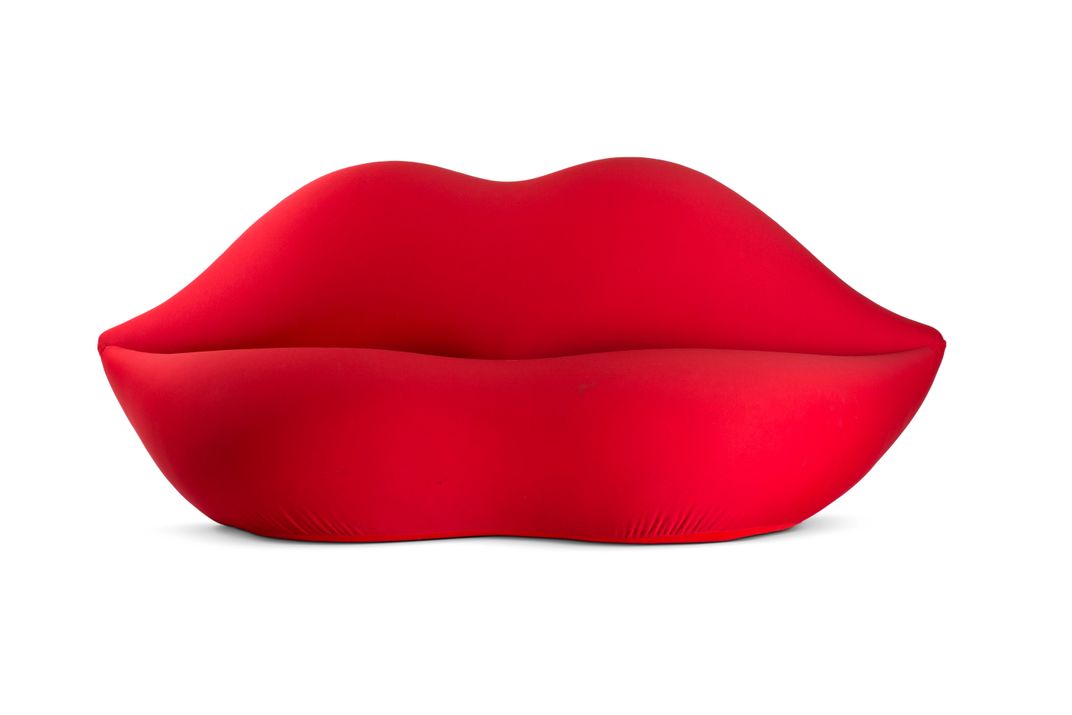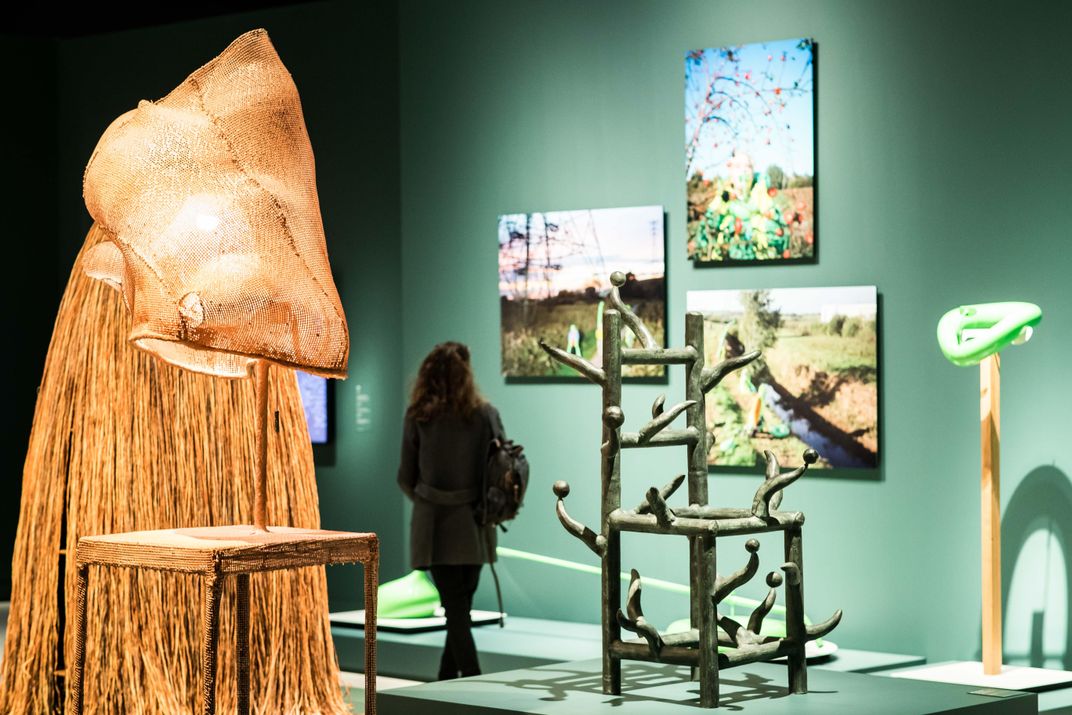Step Into a Surrealist World Populated by Horse-Shaped Lamps and Bicycle Tables
An exhibition in Madrid traces the enduring connection between Surrealism and design
:focal(2465x1556:2466x1557)/https://tf-cmsv2-smithsonianmag-media.s3.amazonaws.com/filer/30/d6/30d64cb1-3bdb-4783-8c48-390edc1fe653/https___prensafundacionlacaixaorg_wp-content_uploads_2020_11_00.jpg)
Sometimes, life during the Covid-19 pandemic can feel like a fever dream, a strange nightmare in which time fails to abide by the normal rules. Luckily, a new exhibition in Spain is here to offer art lovers a brief respite from reality, inviting them into a surreal realm of experience replete with gigantic matchsticks and horse-shaped lamps.
Now on view at the CaixaForum Madrid, “Objects of Desire: Surrealism and Design 1924-2020” examines the Surrealist movement’s legacy in broader popular culture. As Sam Jones reports for the Guardian, the show—the product of a collaboration with the Vitra Design Museum in Germany, which hosted its own version of the exhibition earlier this year—features 279 works from the past hundred years, uniting fantastical creations by such artists as Salvador Dalí, René Magritte, Marcel Duchamp, Man Ray, Lee Miller, Le Corbusier, Meret Oppenheim and Ray Eames.
Curator Mateo Kries, co-director of the Vitra, tells the Guardian that the exhibition’s goal is to immerse visitors in “one of the most influential dialogues between the world of art and design in the 20th century.”
Speaking with Time Out in June, Kries explained, “We wanted to approach a new perspective of Surrealism, an idea that was present in the movement such as that of merging life and art, as Duchamp did with the ‘readymade.’”
According to the Guardian, “Objects of Desire” is split into thematic sections exploring Surrealism’s “subversion of reality, its relationship with eroticism (a red lit room), and … its fascination with the wild and the irrational.”
Many of the works included invite viewers to question how art interacts with life. Dan Tobin Smith’s A Matter of Perspective, for instance, juxtaposes disparate objects like a gigantic black foot and a petite lamp, creating a bizarre, dreamlike environment. The interior space more closely resembles the set of a “Twin Peaks” episode than a standard museum gallery with whitewashed walls.
Other pieces, like a wall plate from Piero Fornasetti’s Tema e Variazioni series, present disconcerting images of the body. In the porcelain rendering, a woman’s eye is replaced by shutters that open to reveal a smaller version of her face.
Surrealism, a visual art and literature movement that emerged in the wake of World War I, was a movement driven by the subconscious. Founded by French poet, essayist and critic André Breton, Surrealism rejected the premise that culture and politics should be guided by rational principles, instead elevating dreams, automatism and psychoanalysis.
A successor to the irreverent Dada movement, Surrealism “drew upon the private world of the mind, traditionally restricted by reason and societal limitations, to produce surprising, unexpected imagery,” wrote curator James Voorhies in a 2004 essay for the Metropolitan Museum of Art.
Surrealism’s influence is apparent in featured designers’ subversion of the “functionalist dogma” of form follows function, the CaixaForum notes on its website. Freed from such quotidian concerns, creatives designed whimsical objects including a table mounted on bicycle wheels, a bar cart fashioned after a pipe and a Dalí couch modeled on actress Mae West’s lips.
“The influence of Surrealism goes far beyond a single era, a few manifestos and magazines and a few creators,” Isabel Salgado, exhibitions director at La Caixa Foundation, tells the Guardian. “Surrealism helped to break the dogma of functionalism—the dogma that insisted that form had to be linked to a function. Surrealism used the unconscious as a valid creative tool and one that opened the door to memory, imagination, desire and fate.”
“Objects of Desire: Surrealism and Design 1924-2020” is on view at the CaixaForum Madrid through March 21, 2021.
/https://tf-cmsv2-smithsonianmag-media.s3.amazonaws.com/accounts/headshot/Isis_Davis-Marks_thumbnail.png)



/https://tf-cmsv2-smithsonianmag-media.s3.amazonaws.com/filer/68/4d/684d6306-3007-4d2c-a91d-7bb952653e76/https___prensafundacionlacaixaorg_wp-content_uploads_2020_11_22.jpg)
/https://tf-cmsv2-smithsonianmag-media.s3.amazonaws.com/filer/62/b9/62b96c0b-1b63-4d87-8ab7-346426d798d6/https___prensafundacionlacaixaorg_wp-content_uploads_2020_11_12.jpg)
/https://tf-cmsv2-smithsonianmag-media.s3.amazonaws.com/accounts/headshot/Isis_Davis-Marks_thumbnail.png)